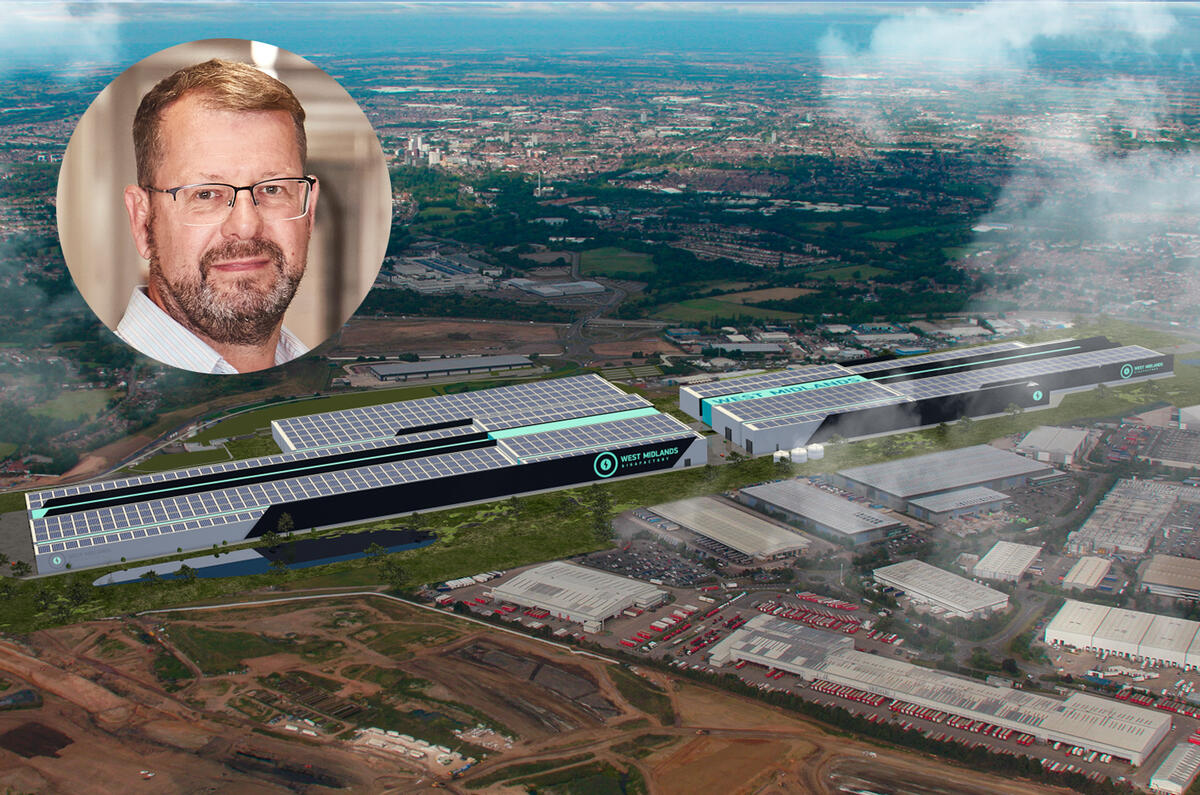The newly appointed strategy boss of the West Midlands Gigafactory (WMGf) project, Richard Moore, has said the UK needs to start establishing a comprehensive EV battery production network if it's to meet the projected industry demand over the coming years.
Moore was hired by the firm – which recently obtained provision planning permission to break ground at its 130-acre site in Coventry – to kick-start its search for a battery-manufacturing partner.




Add your comment